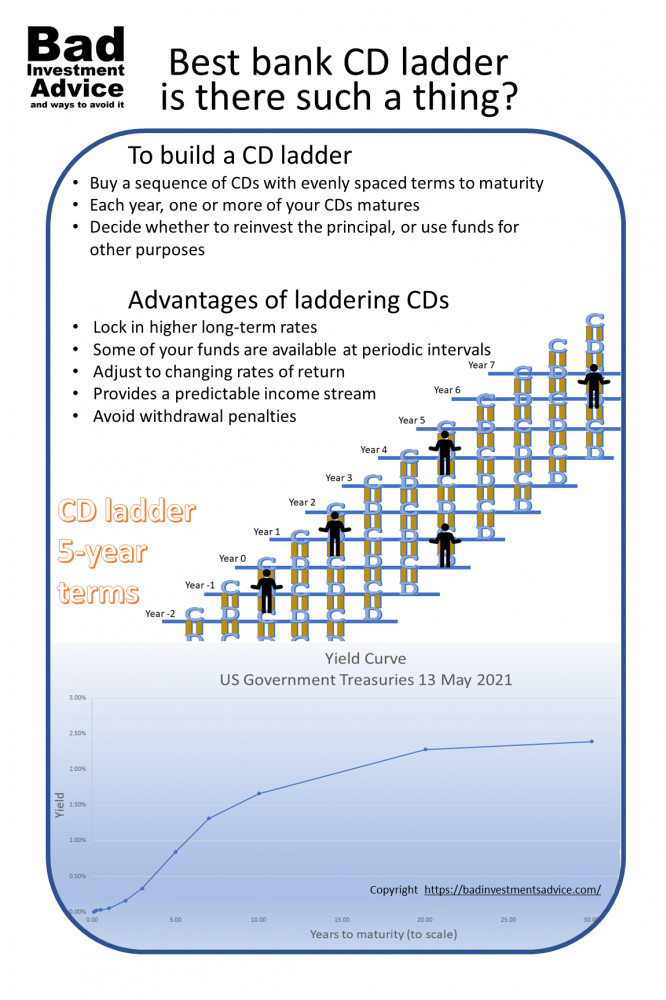
ETFs, with their relatively low management fees (MERs), have in large part eclipsed interest in mutual funds. If you start out with exchange-traded funds, we recommend putting, roughly half of your contributions into a Canadian exchange-traded fund and the remaining half into an exchange-traded fund holding U.S. Exchange-traded funds are among the best investments for a child’s investment accountĮxchange-traded funds are some of the best investments to choose as a starting point when building an in-trust account. So it’s best to downplay investments that mainly provide interest or dividends, and instead hold stocks or ETFs that will earn capital gains. However, all realized capital gains are directly attributable to the child. Interest and dividend income earned in an in-trust account is attributed to the contributor until the child turns 18, unless the contributor is not related to the child. Investments for children should rely on capital gains rather than dividends Once the child reaches 18, the money is theirs to do with as they wish. The money belongs to the child, but only the trustee can make withdrawals if the child is under the age of 18. The settlor’s spouse can be a trustee, however. The settlor should not act as the trustee. The trustee is the person in charge of the account, and is responsible for managing the funds for the child (the “beneficiary”). (Investments or investment accounts in the name of a child must be set up in trust because minors are not allowed to enter into binding financial contracts.) An adult must be responsible for providing the investment instructions and signing the contract on the child’s behalf.Īn informal in-trust account has a donor (or “settlor”) who contributes funds to the trust. If you want to build an investment portfolio for a child, then an informal in-trust account is a low-cost and flexible option. With a five-year time horizon, you at least give yourself a fighting chance of seeing positive returns before you need to cash in your stocks.In-trust accounts offer low costs and flexibility for child investments Money you expect to need within the next five or so years does not belong in stocks. This is because stock market returns are never guaranteed. On a somewhat related note, it's important to have an appropriate time horizon for any stock investments you make. No, you can't outlast an extended job loss with just a six-month emergency fund, but you can typically buy enough time to at least get some alternative source of income coming in. Once your debts are under control, building an emergency fund of three to six months of expenses can help you if you find yourself without a job while the market is down. Using the debt avalanche method to pay down all other debts can help you reduce your debt load fairly quickly. It serves a key purpose for your future - such as giving you a place to live, a way to earn a living, or a means to keep you alive.It has a reasonable payment - low enough that you can make the payment without seriously crimping your lifestyle.It's at a low interest rate - either interest-free or a low-single-digit rate.About the only ones that it may make sense to keep are the ones for which all three of the following factors are true: For debt control, it's really important that you pay off nearly all your debts. There are three parts to a solid financial picture: debt control, an emergency fund, and a reasonable time horizon.

So what does a solid financial picture look like? If the only way you can pay those bills is by selling your stocks while they're down, you'll have that much less invested to participate in any market recovery that may occur.

After all, your bills don't go away just because your income does. If, as a result, if you find yourself out of a job at the same time that your investments are down, you can wake up in a world of financial hurt if you're not prepared. Even if a business spreads those expansion projects among its existing staff, if those projects go away, jobs become vulnerable. After all, people who were hired or contracted to deliver on expansion projects aren't needed if the expansion isn't going to happen. When the market falls, it gets harder to justify using stock that way, which ultimately reduces investment in expansion. This is at least in part because many companies use stock as a form of currency - exchanging it for cash or using it instead of cash in order to pay for their expansion. Why your own financial picture matters when it comes to investingĪ falling stock market is often accompanied by job losses.


 0 kommentar(er)
0 kommentar(er)
